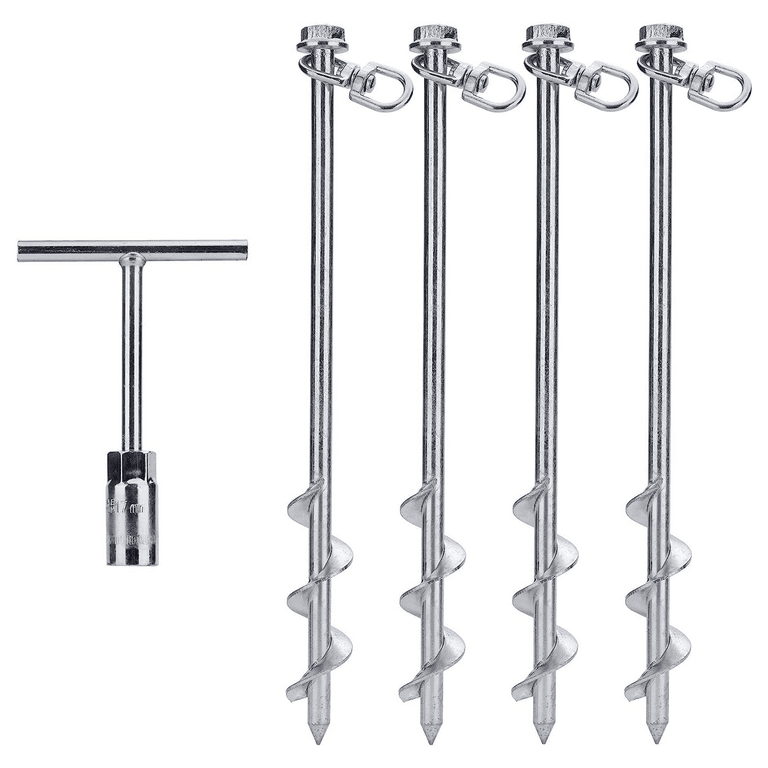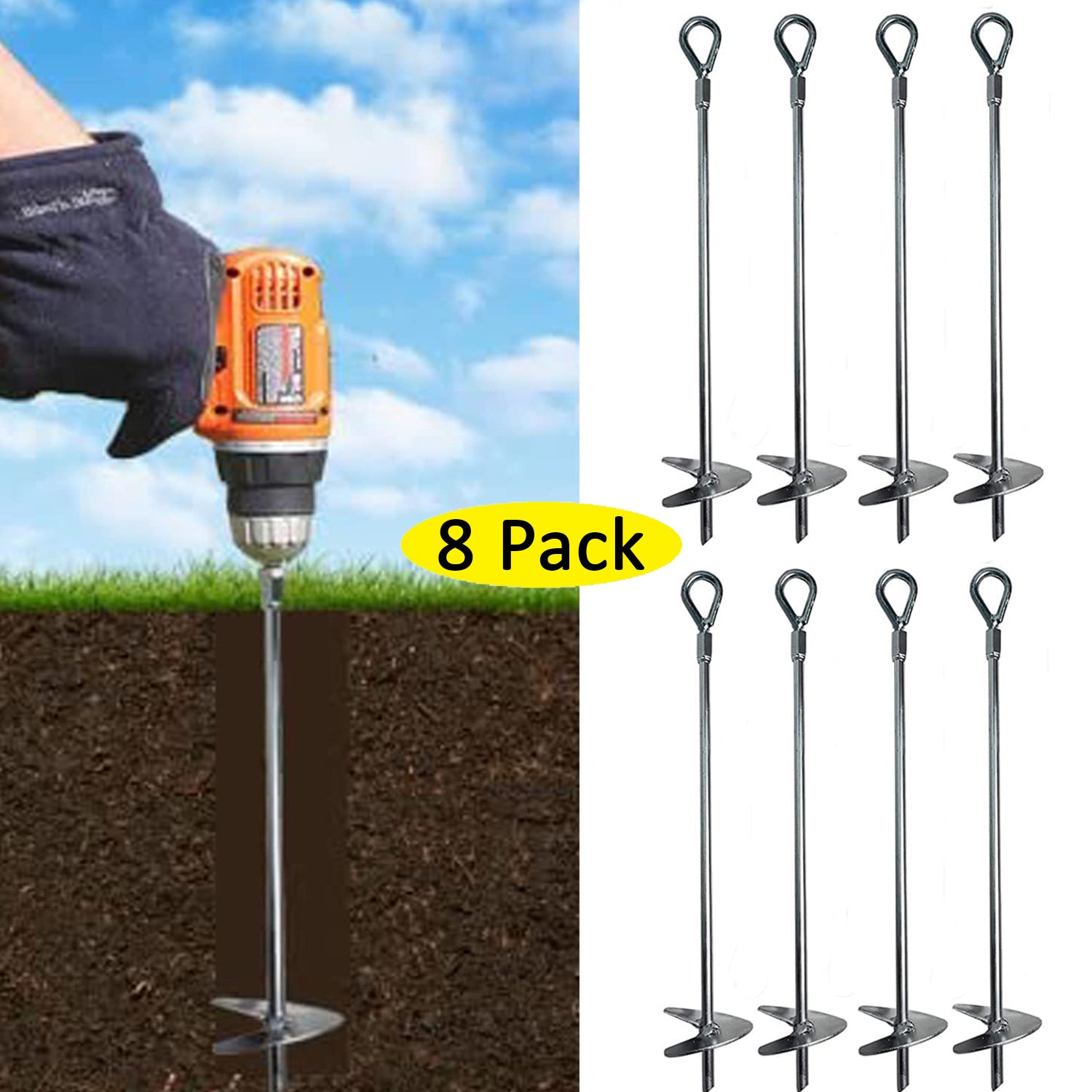Security Experts Share Insights on the Best Ground Anchor Solutions
Security Experts Share Insights on the Best Ground Anchor Solutions
Blog Article
Discover the Various Sorts Of Ground Support for Your Following Project
When starting a building and construction or landscape design job, comprehending the different kinds of ground supports offered is essential to making certain both security and longevity (Ground Anchor). From auger anchors, which succeed in varied dirt problems, to stake anchors developed for short-lived installations, the alternatives are countless. In addition, concrete and screw supports present one-of-a-kind benefits in certain situations, while deadman anchors are customized for applications needing resistance to lateral forces. The choice of a proper support kind can significantly affect the total success of your project, motivating additional expedition right into their respective advantages and applications.

Auger Anchors
Auger supports are a preferred choice in numerous construction and landscape design jobs due to their one-of-a-kind design and reliable securing capacities. These anchors are composed of a helical screw-like shaft that is driven right into the ground, permitting a secure and steady hold. The spiral layout promotes simple installation and maximizes resistance against side pressures, making auger supports particularly reliable in applications such as fencing, short-lived frameworks, and erosion control.
The installment process of auger anchors is reasonably simple. They can be manually or mechanically set up, depending on the dimension and needed depth. This versatility permits their usage in diverse dirt problems, from sandy to clayey terrains. Moreover, auger anchors can be quickly gotten rid of and recycled, which includes to their cost-effectiveness and sustainability.
One of the significant benefits of auger anchors is their ability to distribute tons uniformly throughout the surrounding soil, minimizing the risk of soil disruption and decreasing environmental influence. In addition, they are much less prone to loosening or heaving with time compared to standard securing approaches. Auger anchors are an exceptional selection for projects needing reliable and resilient anchoring options.

Risk Anchors
When it comes to protecting structures in a selection of outside applications, stake anchors provide a trusted and straightforward service. These anchors are commonly built from sturdy products such as steel or aluminum, designed to withstand environmental tensions while offering optimum stability. Their simple layout permits quick installation, making them a perfect choice for momentary or long-term anchoring requirements.
Stake supports are particularly useful in safeguarding outdoors tents, canopies, and various other light-weight frameworks against wind and weather condition. They work by being driven into the ground at an angle, developing a strong hold that withstands pull-out pressures - Ground Anchor. The performance of stake supports depends on a number of aspects, including soil kind, wetness content, and the angle of setup
For included safety, numerous risk supports come with accessory factors for bands or ropes, enabling tension changes as necessary. In applications such as landscaping or building and construction, they can efficiently maintain devices or frameworks on irregular surface. On the whole, risk supports offer a versatile and affordable option for safeguarding numerous outdoor setups, making them a favored option for service providers and do it yourself fanatics alike.
Concrete Anchors
Concrete supports provide a robust option for securing frameworks to concrete surface areas, guaranteeing stability and safety and security in numerous applications. These supports are necessary for jobs ranging from household buildings to massive industrial installations. They come in various kinds, including expansion supports, sticky supports, and undercut supports, each made for certain tons requirements and ecological problems.
When mounted,Expansion anchors rely on mechanical devices to hold the concrete. They are suitable for medium to durable applications. Glue anchors utilize explanation high-strength epoxy or resin to bond the support to the concrete, offering remarkable load-bearing abilities, particularly in split concrete scenarios. Undercut supports produce an unique form within the concrete, supplying outstanding holding power, particularly in applications where tensile lots are prevalent.
Picking the proper concrete anchor includes thinking about elements such as the weight of the load, the problem of the concrete, and ecological problems. Appropriate installment methods are essential to guarantee ideal linked here performance and reliability. When carried out correctly, concrete supports substantially improve the architectural integrity of various tasks, making them indispensable in modern-day construction practices. Recognizing the particular needs of your project will certainly aid in choosing the appropriate type of concrete support for the job.
Screw Anchors

Screw anchors are a versatile fastening service that can be properly employed in a variety of applications where traditional concrete supports may not suffice. These anchors include a helical style that permits them to be conveniently driven right into the ground, making them ideal for use in soil and other substratums. Their one-of-a-kind framework gives outstanding holding power and resistance to pull-out pressures, making them ideal for countless tasks, from landscape design to structural support.
One of the key benefits of screw anchors is their simplicity of installment. They need minimal tools and can frequently be set up without the need for excavation, which conserves both time and labor expenses. Additionally, screw anchors can be eliminated and reused, using a sustainable solution for short-lived applications.
Screw supports are particularly helpful in areas where soil problems are testing, such as loose or sandy soils. Their capability to be mounted at varying midsts permits for customization based on certain project needs. On the whole, screw anchors offer a effective and trustworthy anchoring technique, making them an outstanding option for engineers and specialists looking for efficient remedies for their tasks.
Deadman Anchors
Deadman supports offer as a durable remedy for maintaining frameworks in difficult conditions, particularly where conventional anchoring methods might fail. These supports contain big, heavy things buried underground, which produce resistance against side forces. The design usually includes a horizontal component, such as a block of concrete or a metal plate, hidden in the soil, to which blog here bands or cable televisions are connected.
The efficiency of deadman anchors depends on their capacity to distribute lots over a bigger area, decreasing the danger of failing in unpredictable soil conditions. They are especially helpful in applications such as maintaining wall surfaces, short-term frameworks, and incline stabilization, where soil motion can compromise the stability of the framework.
Setup of deadman anchors needs cautious planning to guarantee they are put at the proper deepness and orientation, optimizing their load-bearing ability. While they might require even more labor and product than light-weight anchors, their reliability in negative problems makes them important for long-lasting jobs. Additionally, deadman supports are functional and can be adapted to various applications, making them a go-to option for engineers facing one-of-a-kind challenges in their jobs.
Final Thought
Auger supports succeed in diverse dirt conditions, while risk anchors match momentary applications. For concrete surfaces, development and sticky supports give reliable choices, and screw anchors supply flexibility in challenging terrains.
In addition, concrete and screw anchors present one-of-a-kind benefits in details scenarios, while deadman anchors are tailored for applications requiring resistance to lateral forces - Ground Anchor.Auger supports are a popular option in numerous building and landscape design jobs due to their special layout and effective securing abilities. They come in different types, including growth anchors, glue anchors, and undercut supports, each developed for details lots requirements and ecological problems
Sticky anchors use high-strength epoxy or material to bond the support to the concrete, providing exceptional load-bearing abilities, especially in split concrete situations. Generally, screw anchors offer a efficient and dependable anchoring approach, making them a superb option for engineers and specialists seeking effective solutions for their jobs.
Report this page